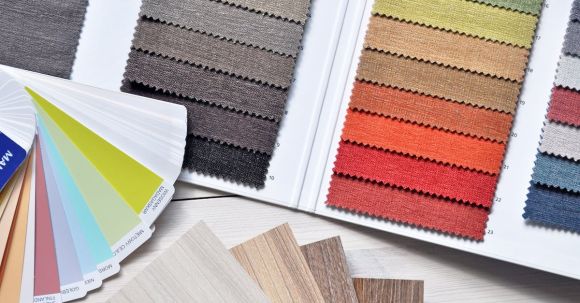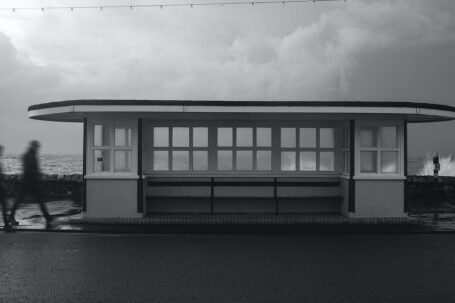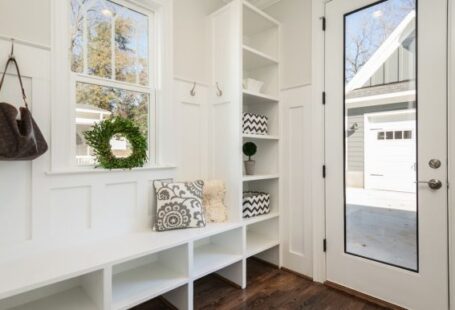In interior design, one of the most valuable resources we have is space. And while many people focus on maximizing horizontal space, often forgetting about the potential of vertical space, it can actually be a game-changer when utilized effectively. So, if you’re looking to make the most of the space in your home, here are some tips on how to maximize vertical space in your interior design.
1. Embrace high ceilings
If you’re lucky enough to have high ceilings in your home, make sure to take full advantage of them. Use tall bookshelves or floor-to-ceiling cabinets to create storage and display areas that not only make use of the vertical space but also draw the eye upward, making the room feel more spacious. Additionally, hanging artwork or installing pendant lights at different heights can add visual interest and emphasize the height of the room.
2. Utilize wall-mounted storage
When floor space is limited, wall-mounted storage is your best friend. Install floating shelves or wall-mounted cabinets to store books, decorative items, or even kitchen essentials. This not only frees up valuable floor space but also adds a touch of modernity to your interior design. Additionally, don’t forget about the often-overlooked space above doorways and windows – installing shelving or hanging baskets there can provide extra storage without taking up any additional floor or wall space.
3. Opt for vertical furniture
When choosing furniture, consider pieces that take advantage of vertical space. For example, instead of a short and wide dresser, opt for a taller, narrower one. This not only provides more storage but also takes up less floor space, making the room appear larger. Similarly, consider using a tall, slim bookshelf instead of a bulky entertainment center to store your electronics and media.
4. Think vertically in small spaces
In small spaces, every inch of space counts. Therefore, it’s crucial to think vertically and utilize every opportunity for storage. Install floor-to-ceiling mirrors to create the illusion of a larger space while also providing a functional element. Hang curtains or drapes as close to the ceiling as possible to make the room appear taller. And if you have a small bathroom, consider installing a wall-mounted vanity with shelves or a tall cabinet to maximize storage without sacrificing precious floor space.
5. Create vertical focal points
Using vertical elements as focal points in your interior design can add drama and height to a room. Consider incorporating a statement wall with vertical stripes or a floor-to-ceiling mural. Hang a large, eye-catching chandelier or pendant light to draw the eye upward. Or, if you have a staircase, make it a stunning focal point by painting the risers in a contrasting color or adding a unique railing.
6. Use vertical gardening
Vertical gardening is a fantastic way to bring greenery into your home without taking up valuable floor space. Install wall-mounted planters or hanging baskets to create a vertical garden that not only adds a natural touch to your interior but also improves air quality. Additionally, consider using trailing plants that can grow down from high shelves or hanging pots to maximize the vertical space and create a lush, green atmosphere.
In conclusion, when it comes to interior design, don’t underestimate the power of vertical space. By embracing high ceilings, utilizing wall-mounted storage, choosing vertical furniture, thinking vertically in small spaces, creating vertical focal points, and incorporating vertical gardening, you can make the most of the space available to you. So go ahead and start maximizing your vertical space – the possibilities are endless!





